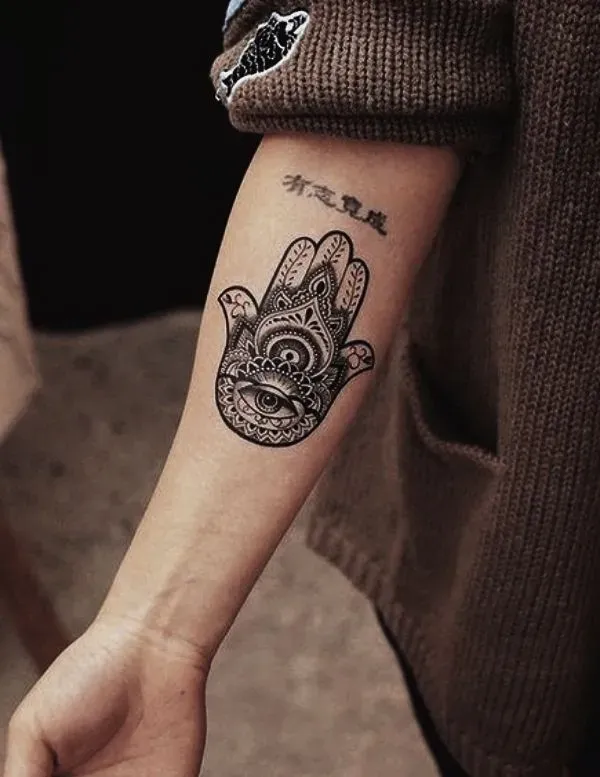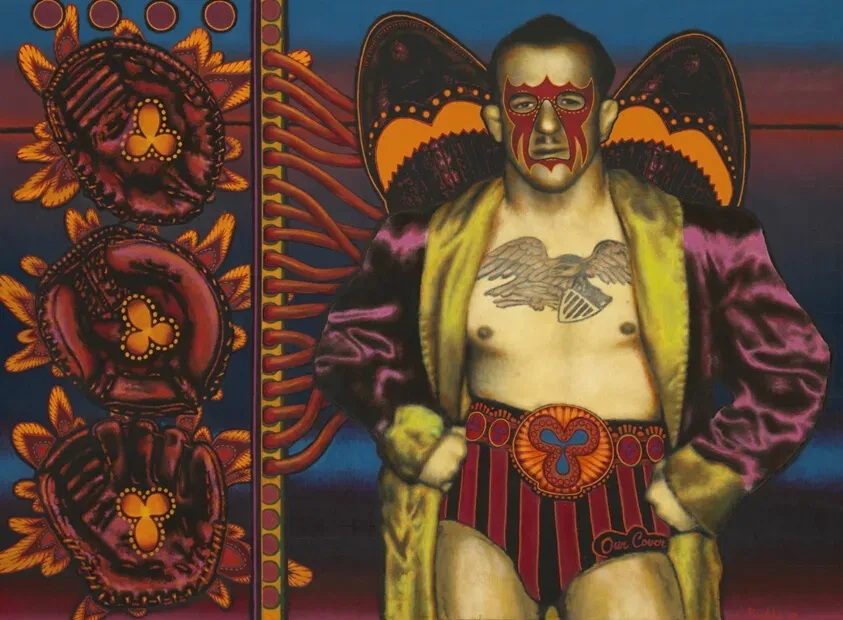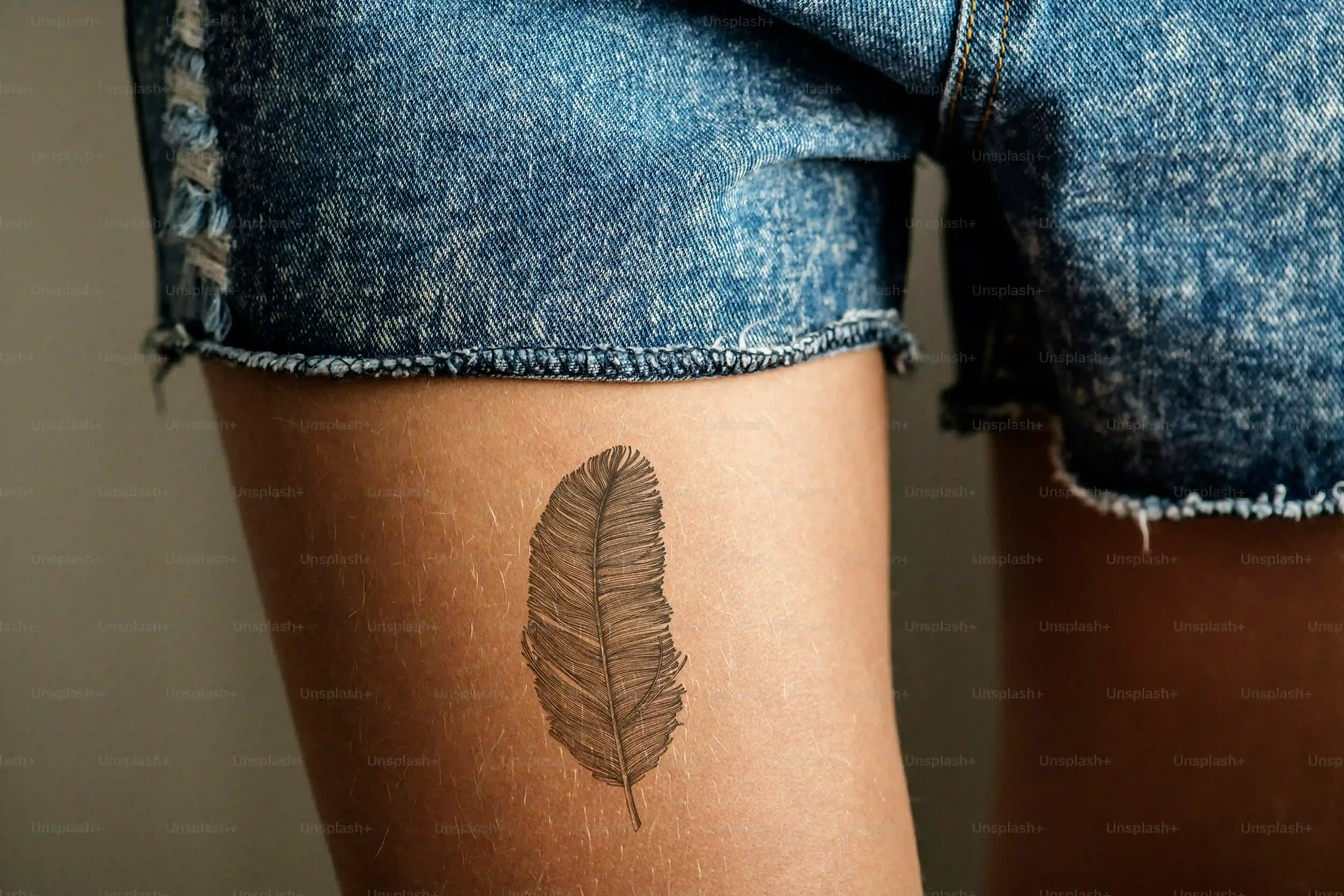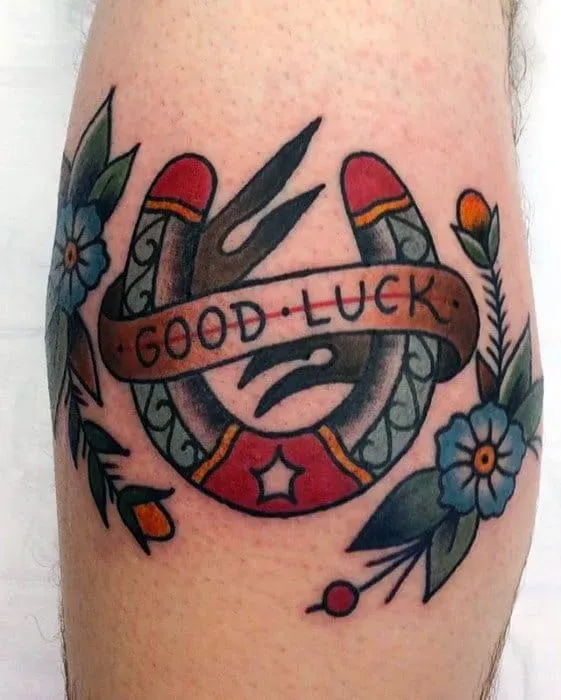Table of Contents
Everyone seems to be looking for a little extra edge, a nudge from the universe. Maybe you carry a rabbit's foot, avoid black cats, or just knock on wood more often than you'd admit. In a world that often feels chaotic, the idea of stacking the odds in your favor holds a certain appeal. For centuries, people have turned to symbols and talismans to invite good fortune, and today, many are choosing a more permanent approach: lucky tattoo designs.
Symbols of Fortune: Popular Lucky Tattoo Designs Explained
Symbols of Fortune: Popular Lucky Tattoo Designs Explained
The Ubiquitous Four-Leaf Clover
Let's be honest, when you think about lucky tattoo designs, the four-leaf clover is probably the first thing that pops into your head. It's the classic, the undeniable go-to for anyone hoping to tip the scales. The legend says each leaf represents something specific: faith, hope, love, and, of course, luck. Finding one in nature is supposedly a one-in-10,000 shot, which probably explains why people feel the need to just tattoo the darn thing on. It's simple, recognizable, and carries centuries of folklore, mostly from Western cultures, particularly Ireland. You see them everywhere, from tiny wrist tattoos to larger pieces incorporated into complex designs.
It’s a safe bet, almost too safe for some tattoo aficionados, but its enduring popularity speaks volumes. People want that visual reminder, that little bit of green hope on their skin. Whether it actually works is debatable, but the belief behind it is powerful enough for millions. Tattoo artists have gotten incredibly creative with them too, moving beyond the basic outline to intricate shading, watercolor effects, or even embedding tiny landscapes within the leaves.
Elephants Never Forget... and Apparently Bring Luck
Shift gears from the European fields to Asian symbolism, and you'll quickly land on the elephant, another heavyweight in the world of lucky tattoo designs. Particularly in cultures like India and Thailand, elephants symbolize strength, wisdom, stability, and good fortune. Think of Ganesha, the elephant-headed Hindu deity, revered as the remover of obstacles and the god of beginnings. An elephant tattoo, especially one with its trunk raised, is often seen as a magnet for prosperity and positive energy.
There's a common belief that for maximum luck, the elephant should be facing the door or entrance. I've heard tattoo artists joke about clients debating the exact angle of the trunk and the direction the elephant faces on their arm. It’s a symbol with serious visual presence, allowing for everything from detailed, realistic portraits to minimalist, geometric interpretations. Unlike the delicate clover, an elephant tattoo often feels grounded and powerful, a solid piece of luck you carry with you.
- Four-Leaf Clover: Western, represents faith, hope, love, luck.
- Elephant: Asian (India, Thailand), symbolizes strength, wisdom, good fortune, obstacle removal.
- Horseshoe: Western, protection and luck, open end up to catch luck.
- Koi Fish: Japanese, perseverance, strength, overcoming obstacles.
- Hamsa: Middle Eastern/North African, protection against the evil eye, brings good fortune.
Ancient Ink: The History Behind Lucky Tattoo Designs
Ancient Ink: The History Behind Lucky Tattoo Designs
Not Exactly a New Trend, You Know
Thinking that getting a tattoo for luck is some modern invention is like thinking sliced bread is cutting-edge technology. People have been decorating their skin with symbols they hoped would influence their fate for thousands of years. We're talking way back, like Ötzi the Iceman, discovered frozen in the Alps with carbon-inked lines and dots on his body. Scientists figure some of those might have been for therapeutic reasons, but others speculate they could have held symbolic or protective meaning. Ancient Egyptians used tattoos, possibly for protection or religious purposes. Polynesian cultures developed incredibly complex tattooing traditions, often linked to status, lineage, and yes, spiritual protection and power – essentially, their own version of lucky tattoo designs.
These weren't just random doodles. The placement, the specific symbols, the rituals surrounding the tattooing process – it all mattered. It was a serious deal, not just something you did on a dare after a few drinks. The ink itself was believed to hold power. So, while your four-leaf clover might feel very "now," the core idea of using ink to court good fortune is ancient, woven into the fabric of human history across continents and cultures. It’s a testament to how deeply we crave control over the unpredictable.
From Talismans to Tribal Marks
Different civilizations developed their own visual language for luck and protection through tattooing. In ancient Rome, soldiers sometimes got tattoos of specific deities or symbols for courage and safety in battle. Japanese Irezumi, while famous for its artistry and yakuza connections today, has roots in protective and symbolic markings, warding off evil spirits or signifying strength. Sailors, for centuries, have gotten tattoos of things like swallows, anchors, or pigs and chickens on their feet, believing these would help them return safely home from sea. Each symbol had a specific, often practical, superstition attached to it – the pigs and chickens survived shipwrecks because they were kept in wooden crates that might float.
Consider the Hamsa hand, seen in Middle Eastern and North African traditions. It's a palm-shaped amulet, often with an eye in the center, used to ward off the "evil eye" and bring good fortune. People wear it as jewelry, hang it in homes, and yes, get it tattooed. The continuity of these symbols, passed down through generations and across cultures, speaks to a shared human desire for spiritual armor. These weren't just pretty pictures; they were meant to be functional talismans etched into the skin, a permanent plea for cosmic favor.
Culture/Group | Potential Lucky/Protective Tattoo Examples | Belief/Purpose |
|---|---|---|
Ancient Egyptian | Dots, lines, possibly deities | Protection, religious significance |
Polynesian | Complex patterns (Tā Moko, etc.) | Status, spiritual power, protection |
Ancient Roman | Deities, symbols (e.g., eagles) | Courage, protection in battle |
Sailors (Historical) | Swallows, anchors, pigs & chickens | Safe return home, navigating dangers |
Modern Revival and Personal Meanings
Fast forward to today, and the tradition of using lucky tattoo designs is alive and well, albeit with a modern twist. While some people still choose classic symbols with deep historical roots, others are creating their own personal talismans. Maybe it's a specific date, coordinates of a place that changed their life, or a symbol they created themselves that holds personal significance for overcoming a challenge. The intention behind the tattoo has become just as important, if not more so, than the universally recognized meaning of the symbol itself.
The accessibility of tattooing means you don't need to belong to a specific tribe or profession to get inked for luck. Anyone can walk into a studio and get a horseshoe or a lucky number. This democratization means the history is still there, but the personal narrative often takes center stage. It's a blend of ancient practice and individual expression, where a lucky tattoo design is as much about carrying a piece of history as it is about carrying a piece of your own story and hope for the future. It's a fascinating evolution of a very old idea.
Choosing Your Lucky Tattoo Design: More Than Just a Picture
Choosing Your Lucky Tattoo Design: More Than Just a Picture
More Than Just a Pretty Symbol
Choosing lucky tattoo designs isn't like picking a sticker from a vending machine. Sure, you can grab a generic horseshoe, but if you're serious about this potentially influencing your fortune, there's a bit more to it. It's about connecting with the symbol's history or finding one that resonates with your own personal journey and what "luck" means to *you*. Is it about financial gain, protection from bad vibes, finding love, or just getting through Tuesday without spilling coffee? The best lucky tattoo designs aren't just visually appealing; they carry weight, a story, or a belief that you genuinely connect with. Otherwise, it's just cool art on your skin, which is fine, but maybe don't bet your rent money on it changing your life dramatically.
Placement, Style, and the Question of Luck
Placement, Style, and the Question of Luck
Where to Put That Potential Fortune?
you've wrestled with the meaning and picked a symbol you hope won't actively *attract* misfortune. Now, where does this powerful piece of art go? Placement for lucky tattoo designs can be just as steeped in superstition as the symbols themselves. Some people believe the tattoo should be visible to the world, an open invitation for good vibes. Others prefer a hidden spot, keeping their personal luck charm close and private. Think about the sailor's pig and chicken on their feet – a specific spot for a specific purpose (surviving shipwrecks). The Hamsa hand is often placed where it can face outwards, deflecting negative energy.
There's no universal rule, of course. A tiny four-leaf clover on your wrist is a discreet nod, while a large, intricate dragon on your back is a statement. Consider the symbol itself – does its traditional placement lend itself to a certain body part? An elephant might feel more grounded on a leg or back, while a delicate wishbone could suit a collarbone or ankle. Ultimately, the "right" place is wherever feels most meaningful and comfortable for you, the person carrying the potential luck.
Styling Your Symbol of Serendipity
Beyond the symbol and its spot, the style of the tattoo plays a huge role. A traditional American style horseshoe feels different from a minimalist line-art version. The aesthetic you choose for your lucky tattoo designs can alter its visual impact and even, for some, its perceived energy. Do you want bold lines and solid colors, suggesting strength and permanence? Or perhaps fine lines and delicate shading, hinting at a more subtle, perhaps elusive, kind of luck? Watercolor styles can give symbols a dreamy, ephemeral quality.
The artist's interpretation matters too. A good tattoo artist can take a classic lucky symbol and make it uniquely yours, incorporating personal touches or blending it with other elements. Don't be afraid to discuss different styles and approaches. This isn't just about getting a picture; it's about crafting a personal talisman that you'll look at for years, so make sure the style resonates as much as the symbol itself. It’s the difference between a generic charm and a truly personal piece.
- Visibility: Do you want your lucky tattoo design seen or kept private?
- Symbol's Tradition: Does the symbol have a traditional placement?
- Body Part Suitability: Where does the design fit aesthetically and comfortably?
- Style Impact: How does the chosen tattoo style (traditional, minimalist, watercolor, etc.) affect the symbol's feeling?
- Artist Collaboration: Work with your artist to personalize the style.
Final Thoughts on Lucky Tattoo Designs
Whether a lucky tattoo design genuinely alters the trajectory of your life remains, like luck itself, a matter of perspective and belief. What's undeniable is the rich history and personal significance these symbols hold for those who choose to wear them. Picking a design is less about finding a guaranteed cosmic shortcut and more about connecting with a symbol that resonates with your personal aspirations or heritage. Ultimately, the power of a lucky tattoo might lie less in any inherent magical property and more in the mindset it fosters, serving as a constant, visible reminder of hope, resilience, or a desired future. So, while the universe might not rearrange itself just because you got some ink, the feeling of carrying a piece of history or a symbol of personal power is a tangible benefit all its own.